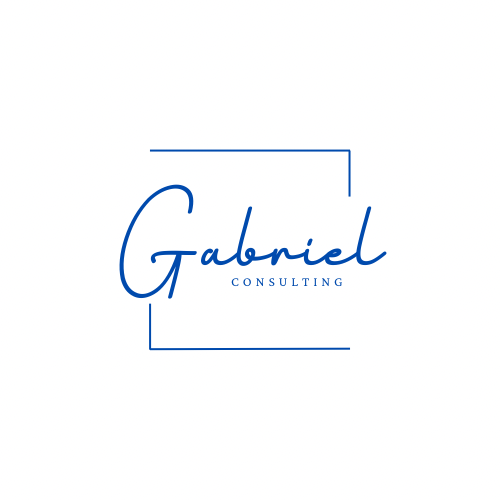Examples of Work
See use cases from various clients below
Applicant Tracking System (ATS) Conversion
We partnered with a client to overhaul their applicant tracking system, starting with a full gap assessment to uncover workflow inefficiencies and missed opportunities. We mapped the end-to-end recruiting process to align teams and bring visibility to every step. Then, we led a strategic RFP—collaborating with procurement and legal to secure the right-fit tech partner. Implementation was just the beginning: we built a targeted change management plan that included stakeholder training, leader communications, internal champions, and adoption tools to ensure lasting success. The result? A smooth rollout, stronger alignment, and a talent function built for scale; and a reduction of time-to-fill by 30% overall.
Valuing the Employee Value Proposition
We helped a client uncover and articulate what truly made their organization a place people were proud to work. Through surveys, listening sessions, and open forums, we gathered employee insights—not to check a box, but to spark meaningful action. Instead of top-down fixes, we partnered with leadership to co-create improvements and embed accountability through employee councils, town halls, and feedback loops. Then, using employees’ own words, we crafted an authentic employee value proposition—one that felt lived, not scripted. Because it came from within, leaders embraced it, teams believed in it, and culture shifted in all the right ways.
Readying First-Time Leaders
A promotion shouldn’t just come with a new title—it should come with the tools to lead well. We partnered with our client to create a foundational experience for first-time managers, starting with the basics. We built an interactive, digital “textbook” filled with short, YouTube-style videos that guided new leaders through what to do daily, weekly, monthly, and beyond. Designed for easy updates and aligned to evolving needs, it quickly became a go-to resource for both new and seasoned leaders. To complement the tactical, we introduced a quarterly leadership cohort focused on soft skills, peer connection, and authentic leadership. Through leader panels, mentorship, and optional coaching, new leaders gained confidence, community, and clarity from day one.
Aligning the Employee Voice
To strengthen culture and sharpen clarity, we partnered with leadership to refresh company values—ensuring they reflected both employee experiences and business direction. We translated those values into everyday language and tangible behaviors, then built spot training tools like “meetings in a box” to equip leaders for real conversations. A multi-channel internal campaign—from digital signage to employee portals—built momentum and awareness across the org. The rollout culminated in a company-wide celebration of shared purpose and pride. Most importantly, we embedded the values where they matter most: in handbooks, performance systems, recognition platforms, and everyday interactions—making them part of how work actually gets done.
Updating Onboarding
We helped a client completely rethink their onboarding experience to ensure new hires felt welcomed, supported, and confident in their decision to join. Starting with a clear-eyed look at the first days and weeks, we designed a multi-part journey that prioritized what matters most early: payroll, benefits, tech access, and team dynamics. We pushed complex content—like performance management—to just-in-time delivery when it would actually stick. By automating routine tasks, we freed up space for what matters: connection, collaboration, and culture. The result? An onboarding experience that matched the pride of hiring great people—and made sure new hires felt it from day one.
Strategically Guiding Talent
Traditional talent reviews often turn into check-the-box exercises that lead nowhere. Our client wanted something better—more human, more consistent, and more actionable. We partnered with them to build a strategic talent planning program centered on progress, accountability, and alignment between individual goals and organizational priorities. Every 4–6 weeks, employees met with an HR team member to track development, flag gaps, and enable meaningful conversations. This structure fostered transparency, supported course correction, and turned talent planning into an ongoing dialogue—not a once-a-year formality.
